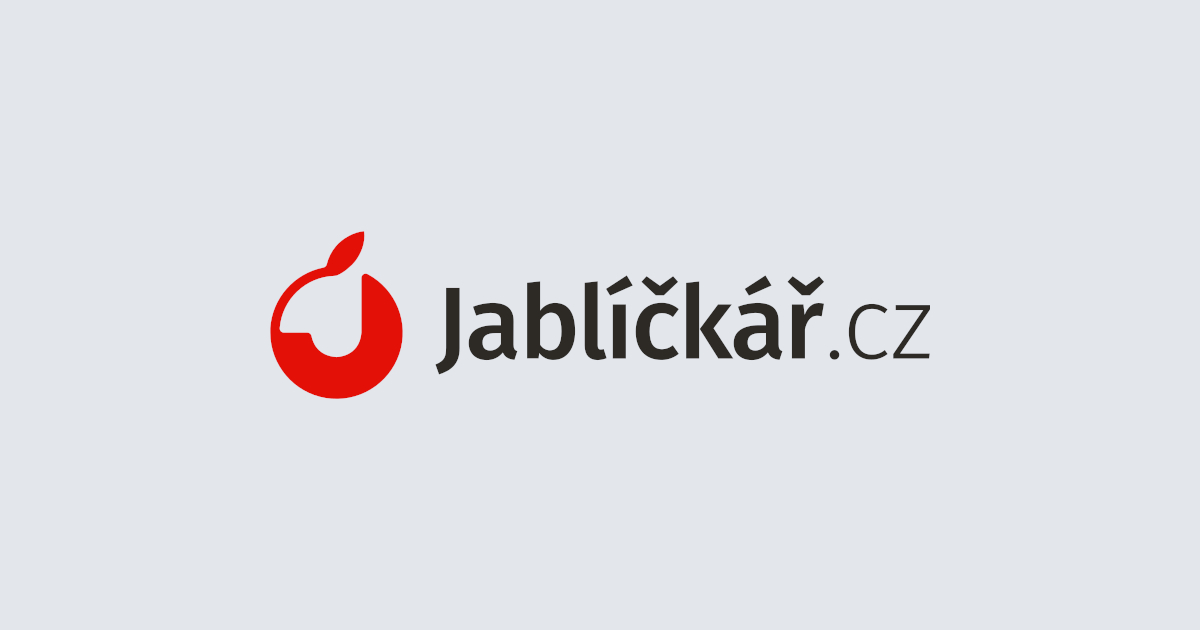Year after year has come together and once again we have the next generation of the desktop operating system from Apple, which this year was named macOS Mojave. There are several new features, and the most important and interesting ones include Dark Mode, a completely redesigned Mac App Store, an improved Quick View function and four new applications from Apple's workshop.
macOS Mojave is the second system in a row to support the so-called Dark Mode, which can be used across all applications – starting with the Finder and ending with Xcode. Dark mode adapts to all elements of the system, both the Dock and individual icons (such as the trash can).
It could be interest you

Apple also focused on the desktop, where most users store the necessary files. That's why he introduced the Desktop Stack, i.e. a kind of group of files primarily used for better orientation. The Finder then boasts a new file sorting called Gallery view, which is especially suitable for viewing photos or files and not only displays their metadata, but also allows, for example, to immediately combine several photos into a PDF or add a watermark. One of the most used functions was not forgotten - Quick look, which is newly enriched with an editing mode, where you can, for example, add a signature to a document, shorten a video or rotate a photo.
The Mac App Store has seen huge changes. It not only received a completely new design, bringing it significantly closer to the iOS app store, but it will also include a significant portion of applications from famous names such as Microsoft and Adobe. In the future, Apple has also promised a framework for developers that will allow easy porting of iOS applications to Mac, which will add thousands of applications to Apple's application store.
Four new applications are definitely worth mentioning - Apple News, Actions, Dictaphone and Home. While the first three mentioned are not that interesting, the Home application is a big step for HomeKit, as all smart accessories will now be able to be controlled not only from the iPhone and iPad, but also from the Mac.
Security was also thought of, so third-party apps will now have to request access to individual Mac functions just as they do on iOS (location, camera, photos, etc.). Safari then restricts third parties from identifying users using so-called fingerprints.
Finally, a little mention is made of the improved screenshot taking, which now also allows screen recording, as well as the improved Continuity function, thanks to which it is possible to activate the camera on the iPhone from a Mac and take a picture or not scan a document directly into macOS.
High Sierra is available to developers starting today. A public beta version for all interested parties will be available later this month, and all users will have to wait until the fall.